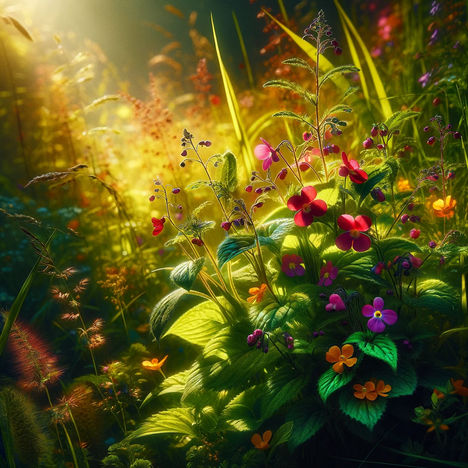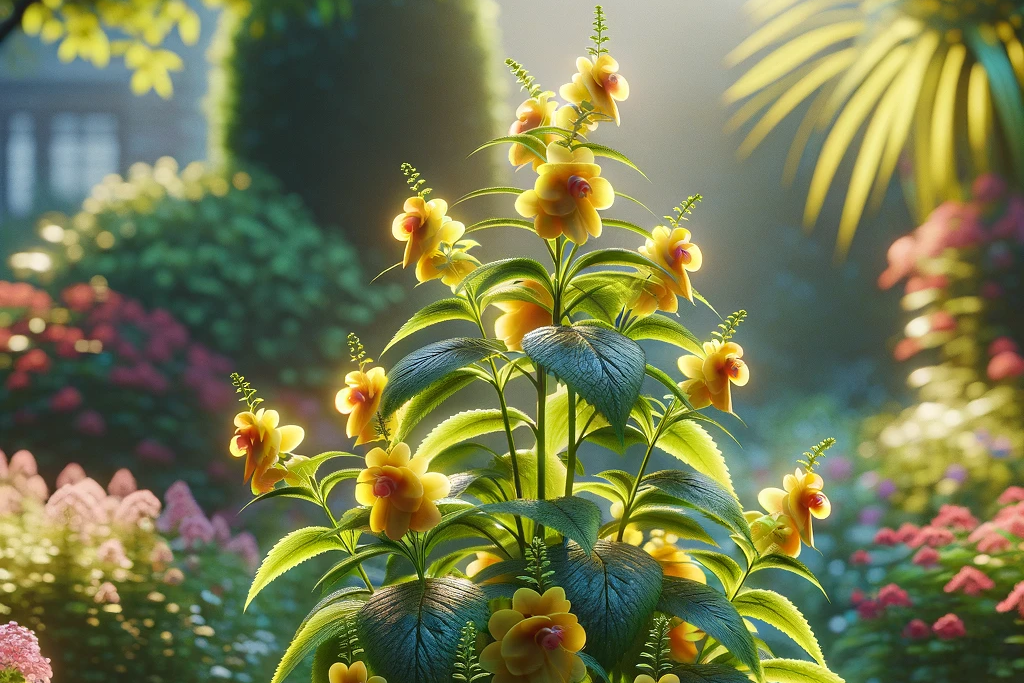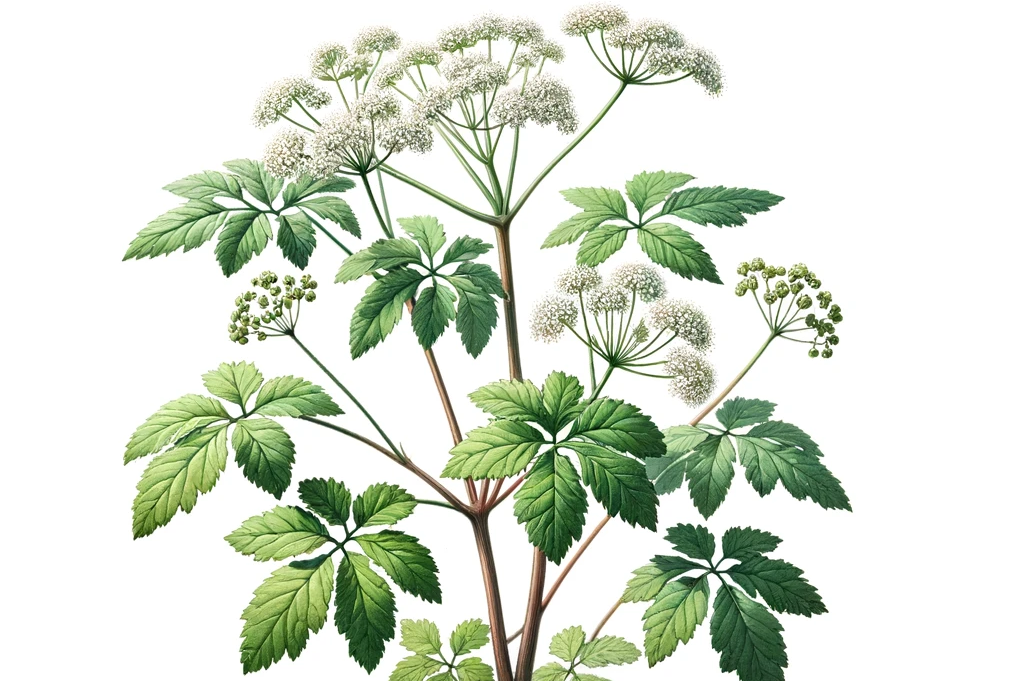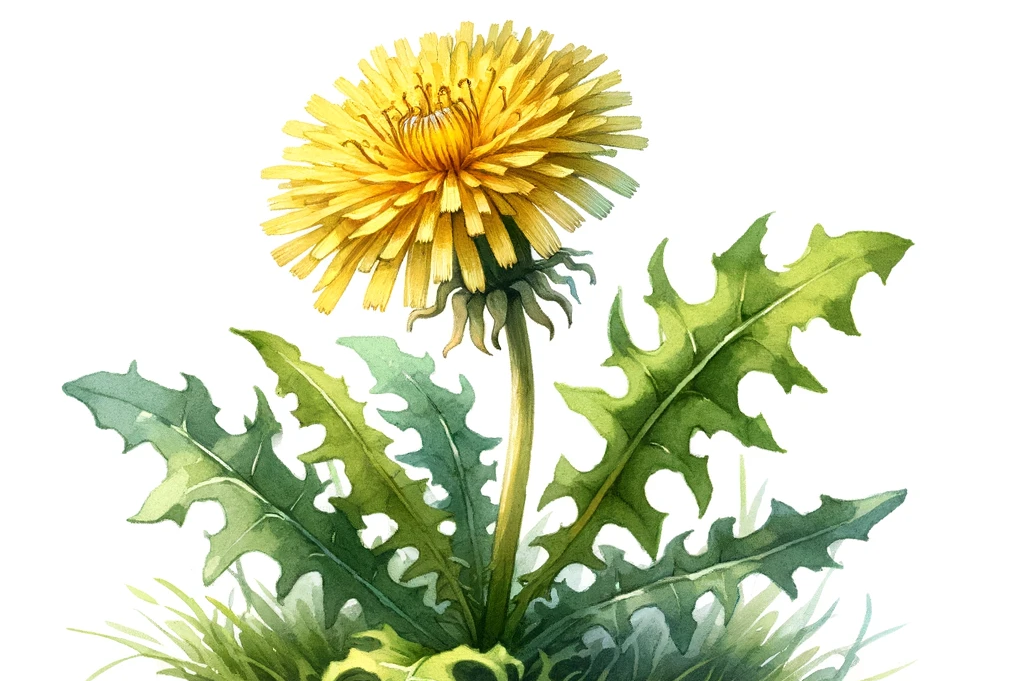Small balsam

What is balsam?
Lesser balsam is an annual plant characterized by its delicate, pale yellow to orange flowers and its distinctive pod-like fruits. These fruits 'pop' open to disperse their seeds widely when ripe or at the slightest touch, giving the plant its name. It prefers shady, moist locations and can often be found in woodlands, riverbanks and gardens.
Benefits of balsam for dogs
The direct benefits of balsam for dogs are rather limited, unlike some other plants. There are no known positive effects of the plant on the health or nutrition of dogs. In fact, the plant is more known for its problems in the ecosystem due to its invasive nature and ability to displace native species.
Risks and precautions
Toxicity
While lesser balsam is not considered highly toxic to dogs, the exact effects on canine health have not been extensively researched. As with any non-native plant, dog owners should exercise caution and minimize their dog's contact with balsam.
Mechanical injury
The explosive release of the seeds can potentially cause eye injuries to dogs should the animal get too close or examine the fruit. Although such cases are rare, it is worth considering, especially in areas where balsam is widespread.
Allergic reactions
There is always a risk of allergic reactions, especially in dogs that are prone to skin allergies. Contact with the sap or leaves can cause skin irritation in some dogs.
Inclusion in the dog's diet: a no-go
Given the limited information on toxicity and the lack of nutritional benefits, it is advisable not to include balsam in a dog's diet. The risks associated with contact or ingestion of this plant outweigh any potential but unconfirmed benefits.
Recommendations for dog owners
- Avoidance: Keep your dog away from areas where balsam grows to avoid direct contact and possible injury or allergic reaction.
- Monitoring: Watch your dog carefully on nature walks, especially in areas with high populations of invasive plant species.
An interesting natural phenomenon to be enjoyed with caution
Lesser balsam offers a fascinating lesson in botany and ecology, but little benefit to the health or nutrition of our dogs. The risks associated with this invasive plant make a clear recommendation against its inclusion in dog diets or consciously seeking it out with dogs. As a responsible dog owner, it is important to put your pet's well-being and safety first and avoid potentially dangerous encounters with such plants. Ultimately, the best strategy is to keep yourself and your dog away from balsam and instead choose safe and healthy alternatives for your dog's diet and well-being.
If you notice any signs of hypersensitivity or poisoning in your dog, you should see your vet immediately. We are not a substitute for a vet, but we try to be as accurate as possible. Every dog reacts differently and we recommend you get a second opinion or consult your vet if in doubt.
Stay healthy and take good care of your four-legged friend!😊
Similar to Small balsam
Balsam is a fast-growing annual plant known for its showy pink to purple flowers and characteristic pod-like fruits. It prefers moist habitats and is often found along riverbanks, in woodlands and...
Goutweed, also known as goat's foot or ground elder, is a perennial plant from the umbellifer family (Apiaceae). It is native to Europe and Asia and has spread to many parts of the world. Goutweed...
Stinging nettles are herbaceous plants from the nettle family. They grow in Europe, Asia and North America and prefer moist, nutrient-rich locations. The best-known species are the common nettle...
Dandelion is a perennial herbaceous plant from the composite family. It has a long taproot that reaches up to one meter deep into the ground. All parts of the plant contain a white, milky sap that...



